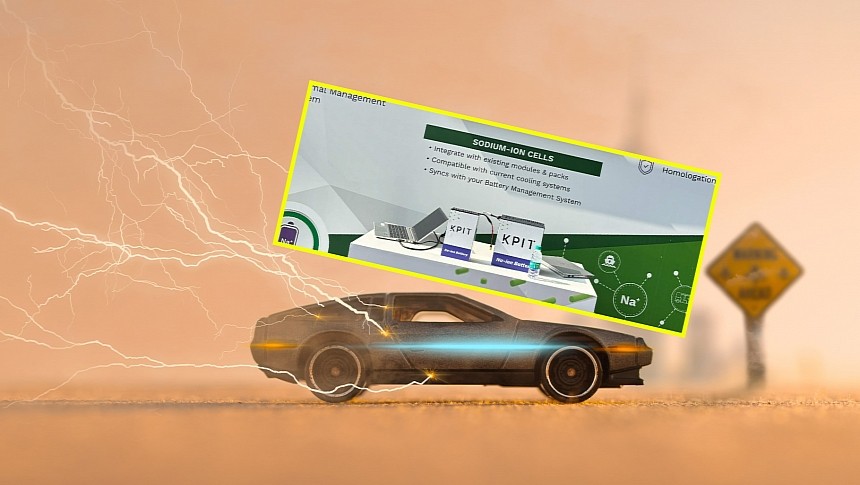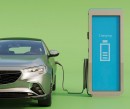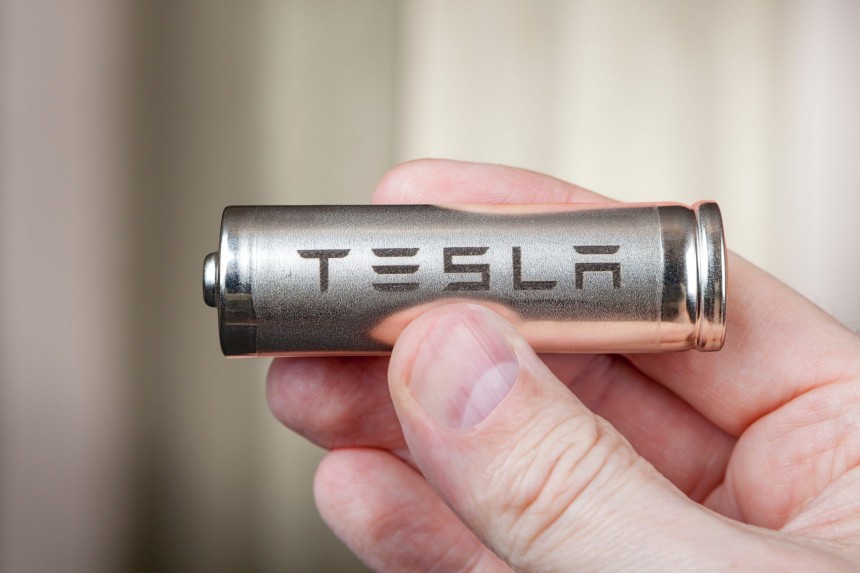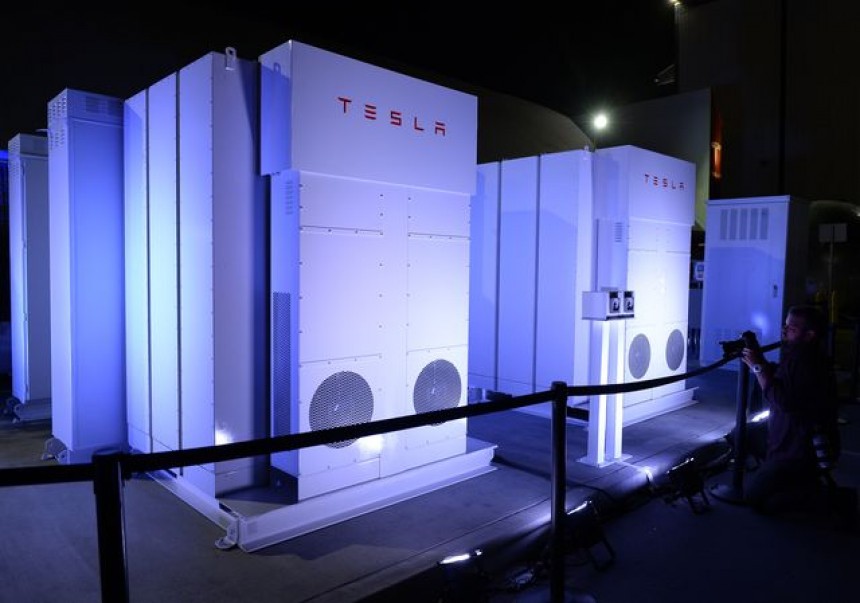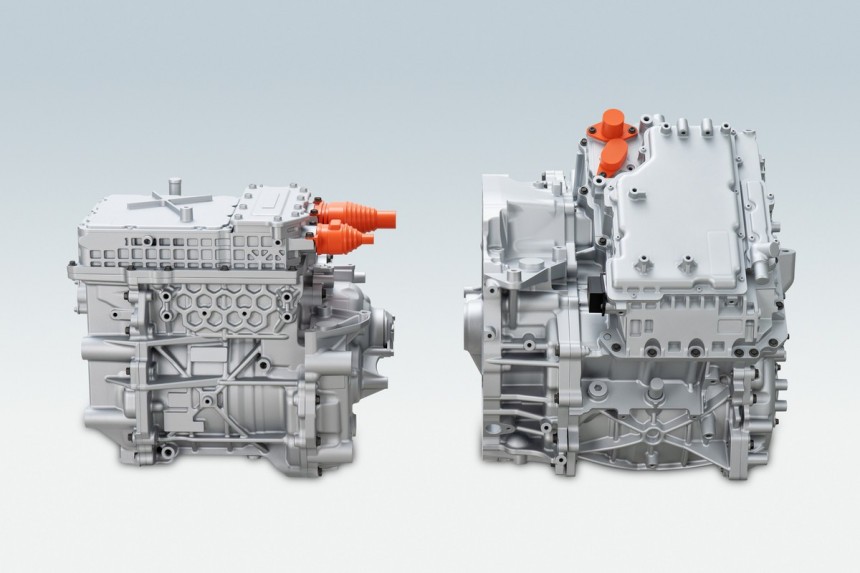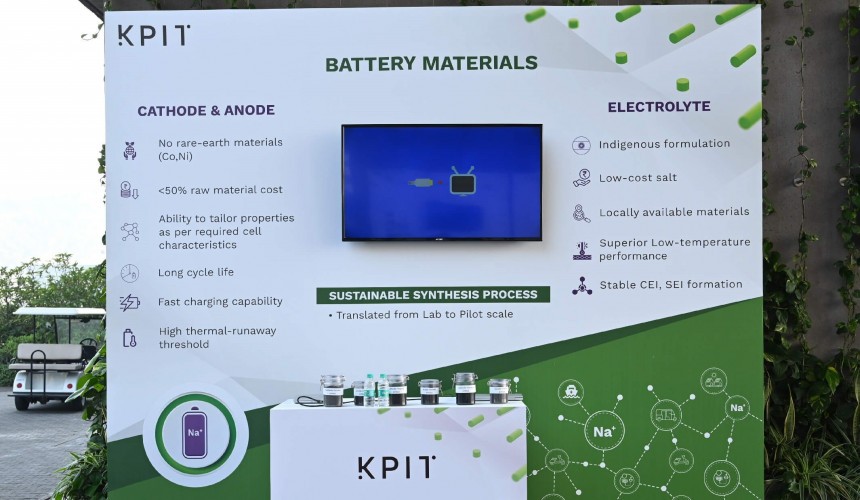EVs are popular but not yet mainstream. However, that's where we are headed. It's not just governments and international deals that push us toward a zero-emission future. It's us, the buyers, too! Many more start discovering every day that a silent and quick propulsion system might be better for their daily mobility needs. EV adoption is slowly yet surely picking up pace, and two Asian countries, China and India, are making all the right moves.
Battery-electric vehicles emerged as a solution to the ever-concerning transport pollution problem. Many doubted that they could become a viable alternative to gas- and diesel-powered cars at first. But as Tesla started gaining more ground in what could have safely been called the conservative automotive industry, legacy brands began shivering.
But these marques didn't publicly show that they were trembling. Many laughed and belittled Tesla at first. They tried to make the hopeful EV maker look like the newcomer that sold only promises. The Texas-based brand is now the world's most valuable automaker and is poised to remain at the top for years to come. Fingers crossed, maybe Elon Musk will stop engaging everyone on Twitter for a while.
Tesla also deserves recognition for showing that dealerships do not matter and are not as vital as we were led to believe. It's also fair to say that things would not have moved as fast if this American brand hadn't become the behemoth it is today.
The latest software? Check. Mobile service? Check. An international and reliable fast-charging network? Check. Fast cars? Check. Efficient cars? Check. Tesla almost has it all, including a strong presence in China!
However, that doesn't mean that everything Tesla did and keeps doing is right.
Tesla must also deal with mechanical problems. Many European owners are up in arms about suspension failures. Then, there's the issue of expensive service. Seasoned Tesla owners have discovered that a simple visit for a diagnostic can cost hundreds of dollars after the warranty expires. That's worrying because the EV maker is not only selling its units directly to the customer, but it also owns all the service centers and it hasn't been very keen on sharing repair techniques with third parties.
Sure, VW and others faked some emissions testing. But legacy brands rarely dared to overpromise and underdeliver. That's one of the reasons why they lagged behind Tesla. It took them too long to understand that a zero-emission propulsion system, a great and intuitive infotainment, the right form factor, a simple pricing policy, and a friendly online platform are what buyers want. The old version of the EV tax credit also helped because Tesla was the first to exhaust the 200,000 units quota.
But things get complicated when everyone wants to follow in the champion's footsteps. Some details may surface and attract unwanted attention. For example, more people might discover that while EVs may only be a tad bit greener than internal combustion engine-powered autos, they're not the ultimate solution to transport pollution.
Besides that, shifting an entire industry from one way of doing business to another cannot happen overnight. Even an accelerated transformation might lead to unwanted outcomes and social unrest. For example, EVs are simpler to make. Thus, not every employee remains relevant as fossil fuel-hungry cars are phased out.
Two of the biggest sustainability problems EVs have right now are mining for critical minerals and tires. Zero-emission vehicles may be more silent, but mining is still a carbon-intensive activity.
Somewhat similarly, high-voltage energy storage units are heavy. That puts more pressure on low-resistance tires, which, in turn, leads to accelerated wear. Those microplastics end up everywhere. Believe it or not, rubber bands can quickly become swirling donuts of pollution.
The US is trying to keep up with projects like Thacker Pass, where Canada's Lithium Americas is working with auto brands like General Motors to mine lithium. But that raises environmental concerns, which we have discussed previously on numerous occasions.
But that's child's play compared to what China's doing. Not only does the Asian country have impressive resources that it can dig out, but it also has refining and battery manufacturing facilities. Six out of the ten biggest cell-making entities are headquartered in China. Besides that, the country also has numerous homegrown brands that are in the process of expanding globally. European automakers like Volvo and Lotus are also under Chinese ownership.
Now, China is taking extra measures to protect its advanced auto and mining industry. The country recently forbade its industry players from exporting rare-earth processing technologies. These specialty metals (i.e., neodymium) are vital to EV manufacturers. They use them to make motors. Most European and American automakers have already started moving away from rare earths, but that can't happen overnight.
BMW was one of the few brands that anticipated such a move. So, it found a way to skip these pricey metals together with Indian-owned Jaguar Land Rover. The i7 M70 xDrive that recently debuted the Duracell look doesn't contain any! That's great for BMW's future, considering that China hosts almost all the global rare earth refining capacity.
It's important to remember that sodium is a mineral found in salt, while the salt we know and use is sodium chloride.
KPIT's sodium-ion battery promises to reduce import dependency on core battery materials. The company says that the energy storage unit can retain 80% of its total capacity even after 3,000 cycles of use and can be charged faster than average lithium-ion batteries. The maximum energy density is 170 Wh/kg.
The company didn't disclose the size of its battery packs or if a partner is already interested in using them. However, it's worth noting that Tesla's lithium iron phosphate (LFP) battery installed on the 2020 Model 3 had an energy of 125 Wh/kg.
Sodium-ion batteries should also be much safer because they shouldn't ignite as easily as lithium-ion energy storage units when punctured and perform better when it's too hot or too cold outside.
For the time being, it looks like a silent race is on. We barely hear anything about something other than solid-state batteries that are supposed to enable real-world ranges of over 620 miles on a single charge.
But many companies are working behind the scenes to make our transition to clean propulsion easier. Money, indeed, is what motivates these scientists the most. But their effort is paramount to truly unlock the green potential of battery-electric cars.
The future is electric. Let's hope that when exhaust systems disappear completely, we'll have affordable EVs that aren't sensitive to weather changes and can truly maximize their environmentally-friendly potential.
But these marques didn't publicly show that they were trembling. Many laughed and belittled Tesla at first. They tried to make the hopeful EV maker look like the newcomer that sold only promises. The Texas-based brand is now the world's most valuable automaker and is poised to remain at the top for years to come. Fingers crossed, maybe Elon Musk will stop engaging everyone on Twitter for a while.
Tesla also deserves recognition for showing that dealerships do not matter and are not as vital as we were led to believe. It's also fair to say that things would not have moved as fast if this American brand hadn't become the behemoth it is today.
The latest software? Check. Mobile service? Check. An international and reliable fast-charging network? Check. Fast cars? Check. Efficient cars? Check. Tesla almost has it all, including a strong presence in China!
Trial and error, out in the open
The brand had its fair share of troubles, which came its way mostly because it attempted to bypass the regulations set in place to protect consumers and Americans from companies that want to advance, no matter the cost. A good example in this regard is the Full Self-Driving suite. Would any other automaker release pricey self-driving software without making sure that it has only a minuscule chance of failing first?Tesla must also deal with mechanical problems. Many European owners are up in arms about suspension failures. Then, there's the issue of expensive service. Seasoned Tesla owners have discovered that a simple visit for a diagnostic can cost hundreds of dollars after the warranty expires. That's worrying because the EV maker is not only selling its units directly to the customer, but it also owns all the service centers and it hasn't been very keen on sharing repair techniques with third parties.
Sure, VW and others faked some emissions testing. But legacy brands rarely dared to overpromise and underdeliver. That's one of the reasons why they lagged behind Tesla. It took them too long to understand that a zero-emission propulsion system, a great and intuitive infotainment, the right form factor, a simple pricing policy, and a friendly online platform are what buyers want. The old version of the EV tax credit also helped because Tesla was the first to exhaust the 200,000 units quota.
Besides that, shifting an entire industry from one way of doing business to another cannot happen overnight. Even an accelerated transformation might lead to unwanted outcomes and social unrest. For example, EVs are simpler to make. Thus, not every employee remains relevant as fossil fuel-hungry cars are phased out.
Two of the biggest sustainability problems EVs have right now are mining for critical minerals and tires. Zero-emission vehicles may be more silent, but mining is still a carbon-intensive activity.
Somewhat similarly, high-voltage energy storage units are heavy. That puts more pressure on low-resistance tires, which, in turn, leads to accelerated wear. Those microplastics end up everywhere. Believe it or not, rubber bands can quickly become swirling donuts of pollution.
Location, location, location
But what's even more challenging than figuring out how to escape digging for minerals and improving tires or shaving off weight is how these important natural resources are spread globally. That's a geopolitical challenge and a major worry for international superpowers like the US, the UK, and the EU. To sum it up quickly, that's why the Inflation Reduction Act, the CHIPS Act, and the Infrastructure Law flew through Congress.The US is trying to keep up with projects like Thacker Pass, where Canada's Lithium Americas is working with auto brands like General Motors to mine lithium. But that raises environmental concerns, which we have discussed previously on numerous occasions.
But that's child's play compared to what China's doing. Not only does the Asian country have impressive resources that it can dig out, but it also has refining and battery manufacturing facilities. Six out of the ten biggest cell-making entities are headquartered in China. Besides that, the country also has numerous homegrown brands that are in the process of expanding globally. European automakers like Volvo and Lotus are also under Chinese ownership.
Now, China is taking extra measures to protect its advanced auto and mining industry. The country recently forbade its industry players from exporting rare-earth processing technologies. These specialty metals (i.e., neodymium) are vital to EV manufacturers. They use them to make motors. Most European and American automakers have already started moving away from rare earths, but that can't happen overnight.
Asian rivalry, global success?
Meanwhile, India is also working hard to distance itself from China and help its domestic auto industry thrive. KPIT recently introduced a sodium-ion battery. That replaces the complicated lithium with the simple and abundant salt. Sodium is most commonly obtained through electrolysis. Current is passed through table salt (molten halite), and that's how the elements are separated.It's important to remember that sodium is a mineral found in salt, while the salt we know and use is sodium chloride.
KPIT's sodium-ion battery promises to reduce import dependency on core battery materials. The company says that the energy storage unit can retain 80% of its total capacity even after 3,000 cycles of use and can be charged faster than average lithium-ion batteries. The maximum energy density is 170 Wh/kg.
The company didn't disclose the size of its battery packs or if a partner is already interested in using them. However, it's worth noting that Tesla's lithium iron phosphate (LFP) battery installed on the 2020 Model 3 had an energy of 125 Wh/kg.
Something's brewing
But India is still not very far ahead, even though the new energy storage unit is an important step forward. A Chinese company has already put a working high-voltage sodium-ion battery onto a vehicle's floor. Granted, it was a small car. But these types of novel technologies can't debut on pickup trucks or full-size SUVs.For the time being, it looks like a silent race is on. We barely hear anything about something other than solid-state batteries that are supposed to enable real-world ranges of over 620 miles on a single charge.
But many companies are working behind the scenes to make our transition to clean propulsion easier. Money, indeed, is what motivates these scientists the most. But their effort is paramount to truly unlock the green potential of battery-electric cars.
The future is electric. Let's hope that when exhaust systems disappear completely, we'll have affordable EVs that aren't sensitive to weather changes and can truly maximize their environmentally-friendly potential.
